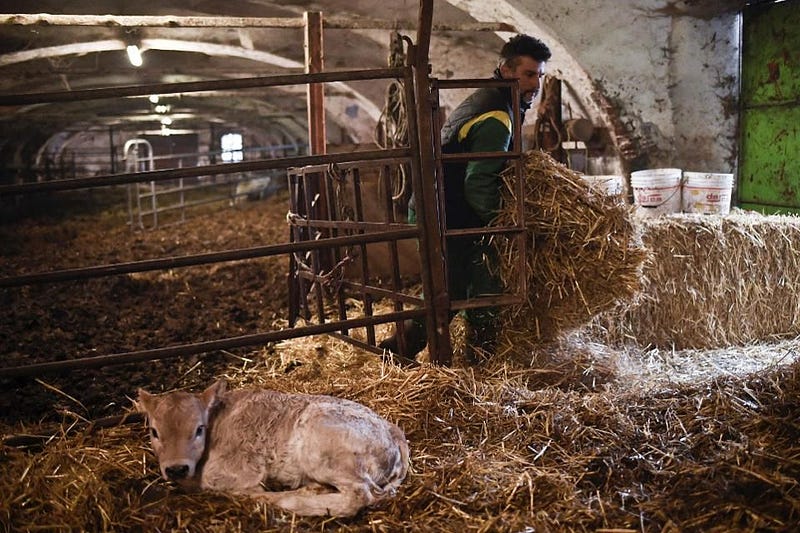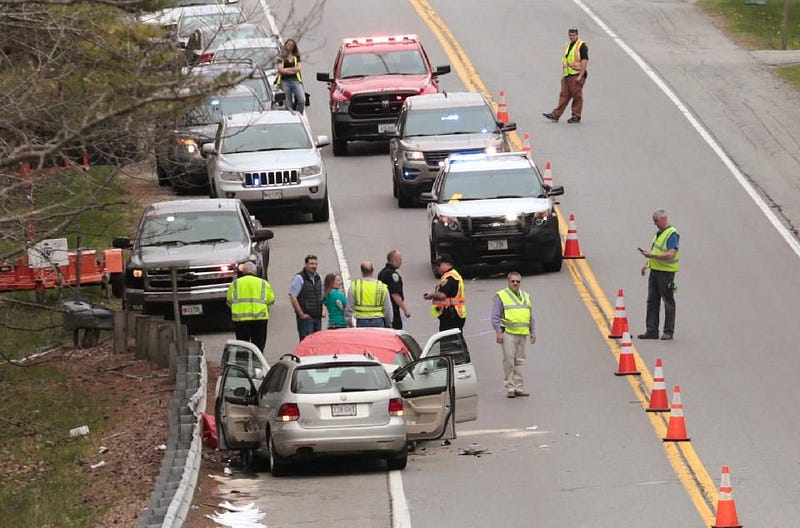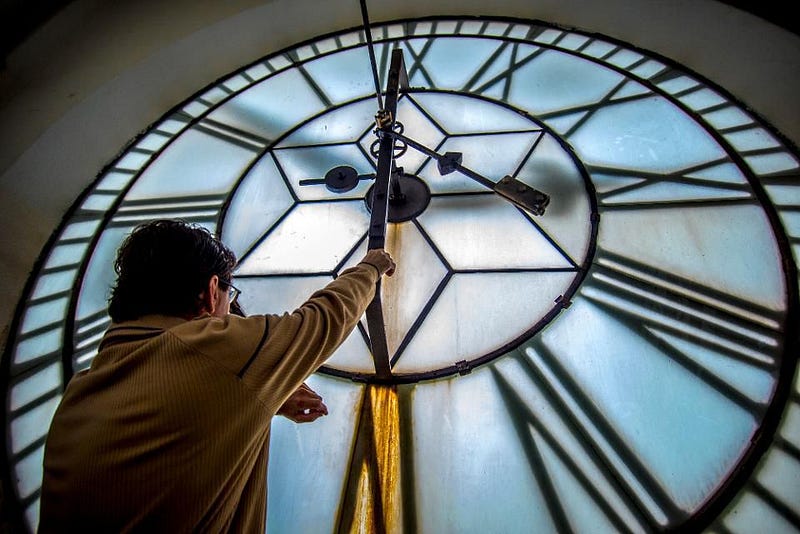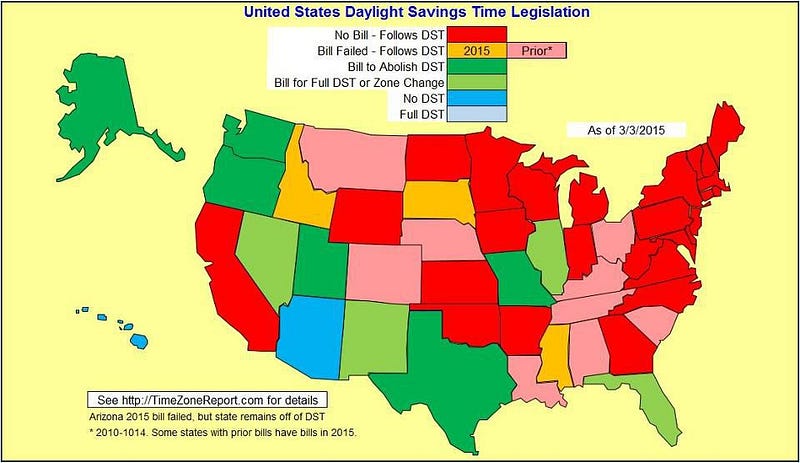The 5 Reasons To Keep Daylight Saving Time Have No Science To Back Them Up

For most of us, it’s something we just accept every year. But there’s arguably no good that comes from it.
Every year on the second Sunday in March, most places in the United States “spring” their clocks forward one hour for Daylight Saving Time. It’s a time-honored tradition that’s always been in effect for the overwhelming majority of people alive today.
But why do we have Daylight Saving Time? There are a few traditional justifications* for it, but upon closer scrutiny, they’re all myths.

1.) It saves fuel. When Ben Franklin visited France in 1784, he decried the Parisians’ wasting of daylight by sleeping in with their windows shuttered. “Saving candles” was the rationale for altering their schedules then; “saving fuel” is the rationale given today for altering our clocks. Yet energy use and clock changes were only studied in-depth with large studies beginning last decade. By 2008, even government studies showed no energy or fuel savings, with other independent groups showing it actually increases energy demand.

2.) It helps farmers. An urban legend that Daylight Saving practices benefits farmers, they’ve continuously opposed this since 1918, on the grounds it would disrupt their farming schedules and practices. Milking cows, for example, need to be milked on a regular schedule, and don’t particularly care what the clock says. Farmers successfully orchestrated the repeal of Daylight Saving Time in 1919, but their interests were overridden in 1966 with the passage of the Uniform Time Act.

3.) Daylight Saving Time improves safety. Does additional daylight reduce traffic accidents? You might think so, since driving in the daylight seems safer than driving at night. But the science says otherwise. The day after we “spring forward” and “fall back” both see an increase in fatal traffic accidents, which has been verified to be significant at about the 8% level. There is no corresponding decrease to balance it out. Meanwhile, workplace accidents and heart attacks are both more common in the week after the time change, too. Daylight Saving Time actually causes more deaths, rather than reducing them.

4.) We enacted it for energy conservation. Don’t be fooled by the title of Nixon’s bill from 1973: the Emergency Daylight Saving Time Energy Conservation Act. It wasn’t advocated for or pushed forward by any group associated with energy at all. Rather, Daylight Saving was pushed through by the U.S. Chamber of Commerce, to benefit businesses. The golf, grill, and recreation industry all see increased business owing to the time change, as they helped push forward an additional month of the time change in the mid-1980s. It’s not even all good news for businesses: the television and transportation industries both take hits from the schedule change.

5.) Daylight Saving Time is now standard. Only about half the world’s countries use it, and many states/regions don’t obey it. We just amended Daylight Saving Time last decade, to extend into November. Why? At the urging of the National Association of Convenience Stores, to increase candy sales with an extra “hour” of trick-or-treating on Halloween. After this change, Halloween became the #2 commercial holiday in the United States, behind only Christmas.

Other than standardizing time zones, which seems independent of changing our clocks, the traditional justifications for keeping Daylight Saving Time appear to be unsupported by the full suite of scientific evidence. The one benefit, according to studies, is that you’re less likely to get robbed after the time change, with a 27% drop in the evening hour that now sees daylight the day after the clocks change. That may be the only scientifically-supported benefit of enacting Daylight Saving Time.
* — Full disclosure: Ethan Siegel used to be in favor of Daylight Saving Time, on the grounds that bars that closed at 2 AM on Sundays could stay open for an extra hour. The full suite of evidence has convinced him that the negatives outweigh that benefit.
Ethan Siegel is the author of Beyond the Galaxy and Treknology. You can pre-order his third book, currently in development: the Encyclopaedia Cosmologica.




